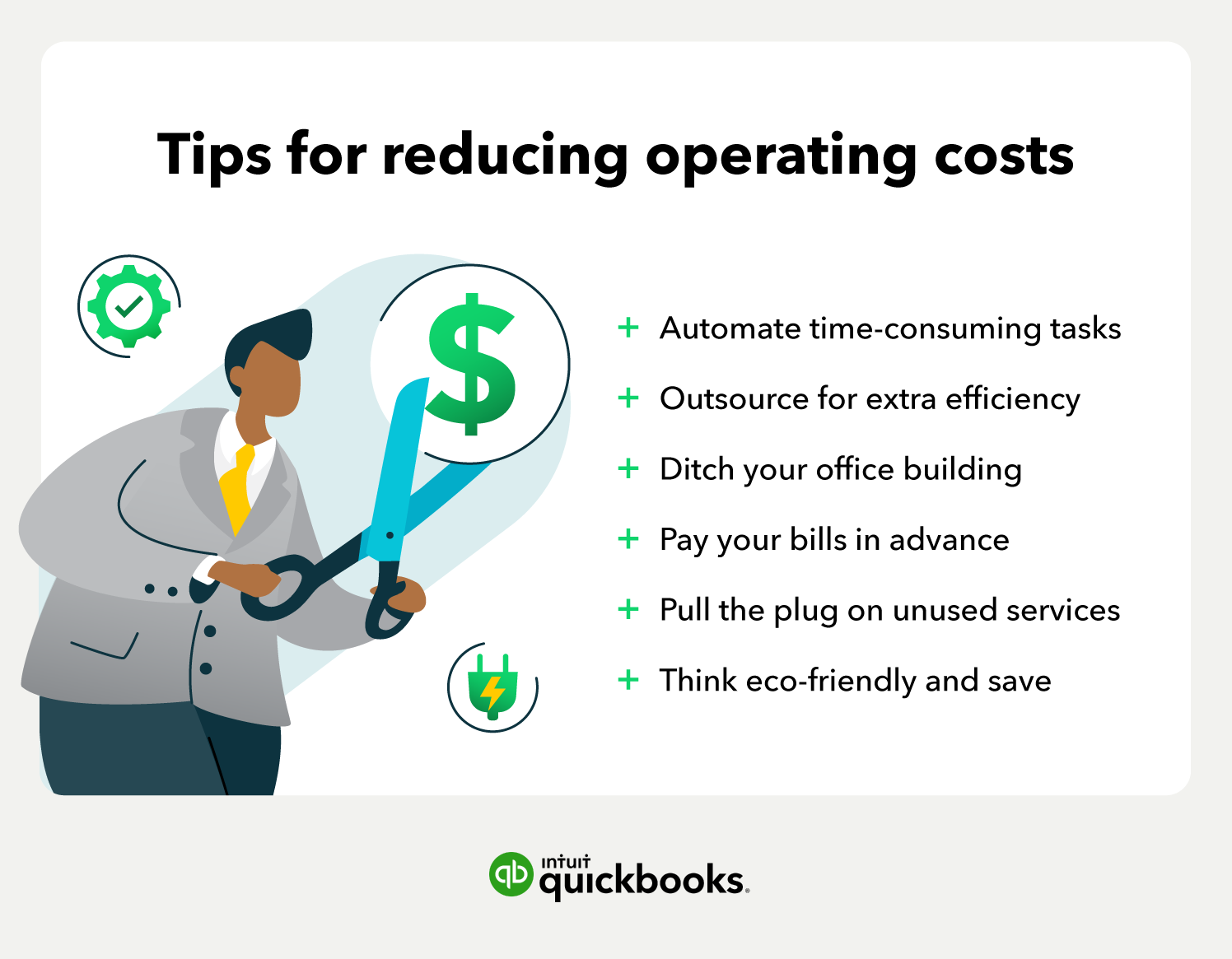12. Think eco-friendly and save
In addition to a paper-free business, there are many other ways to make a positive impact on your budget and the environment. If you have an office space, consider making it as green as possible.
To reduce energy usage, replace regular light bulbs with compact fluorescent lighting, look to lower heating and cooling costs by improving your insulation and windows, and cut back on the amount of physical waste.
If you have several workstations that are unused, unplug the devices in it to reduce electricity consumption. Not only will you save on utility costs, you’ll save on your monthly office supply costs as well.
13. Use bartering instead of cash
An often overlooked way to reduce business overhead is to barter. After all, why pay cash for something when you can trade for it? Take a look at the businesses you already work with and see if there’s a product or service you offer that you could trade for.
If you’re already contracted with a carpet cleaning company, ask them if they’d like you to manage their marketing in exchange for monthly cleanings. If there’s a great food truck in your neighborhood and your company prints uniforms, ask the owner if you can print up a set of new uniforms for their staff in exchange for catered lunches.
There are a lot of creative ways you can trade your services to get the things your business needs without having to spend any extra money.
14. Slash your travel budget
Many businesses have already drastically reduced their business travel, and that trend may become more popular in the near future. The widespread adoption of video conferencing has shown that business can be conducted around the globe without ever having to set foot on an airplane.
Hotel costs, delayed flights, missed connections, along with rescheduling fees, can add up quickly, making that in-person sales pitch all the more costly. While you can often write off travel expenses, there are many that you can’t write off.
Take a hard look at your business travel budget and decide which trips need to be done face-to-face and which can be done virtually. Reducing travel lowers your operational expenses and is better for the environment, too.
15. Implement a negotiation system
Create a system for negotiating every single expense your business incurs. It shouldn't just be an option—bake negotiation into your process. After all, if you can get a better price, shouldn't you go for it?
Here are some ways you can add negotiation to your existing processes:
















